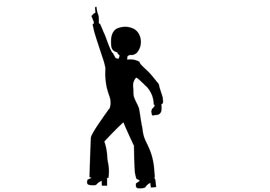
June 09, 2015

Source: Shutterstock
What’s still not widely accepted is that urban legends, like conspiracy theories, aren”t harmless fun. They contribute to societal paranoia, stupidity, and”in the case of these anti-Semitic signs of lore, or imaginary smallpox blankets, or the exaggerations about the Tuskegee experiment“lingering resentment.
Ultimately, such seemingly trivial victimization fibs”let’s call them “little nonwhite lies””undermine the teller’s credibility and give opponents unnecessary ammunition. What the Official Jews can”t acknowledge is that Holocaust deniers haven”t done nearly as much damage as the gullible, well-intentioned “Holocaustianity” twits on their side, who fall for all the fake “survivor” memoirs and insist that “human lampshades” were real.
Anyhow, I could have told Csillag how his investigation would end before it got started: As I never tire of boring anyone who will listen, those “No Irish Need Apply” signs were make-believe too.
But good for him for writing it. Especially since this is Canada, and not long ago, a similar”dare I say it?”revisionist piece, if published on a “white supremacist” website, would have been subject to prosecution.
So what did more grievous damage to society in the long run? A mass hallucination about a few words painted on pieces of wood, which helped fuel yet another arm of the Professional Grievance Industry, or “Night on Disco Mountain” (side C, track 10)?
Nik Cohn went on to write finer (and truer) stuff, and finally felt it was safe to come clean about 20 years after “Tribal Rites…” came out.
On the article’s 30th anniversary, he told his old bosses:
At the time, if cornered, I would doubtless have produced some high-flown waffle about Alternative Realities, tried to argue that writing didn”t have to be true to be, at some level, real. But, of course, I would have been full of it.